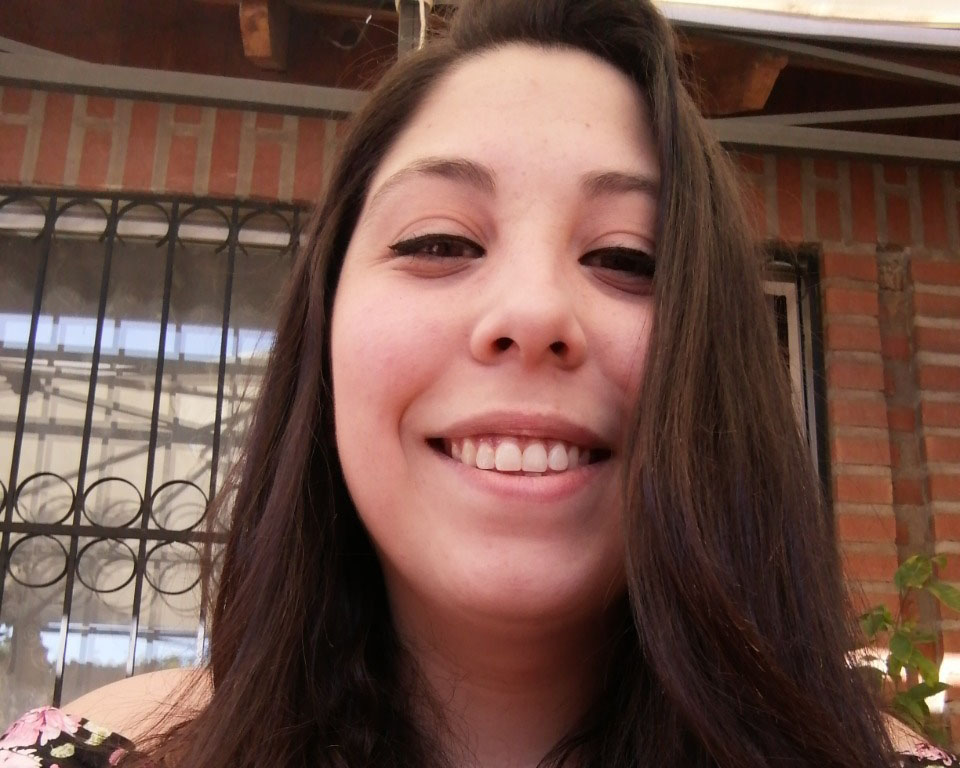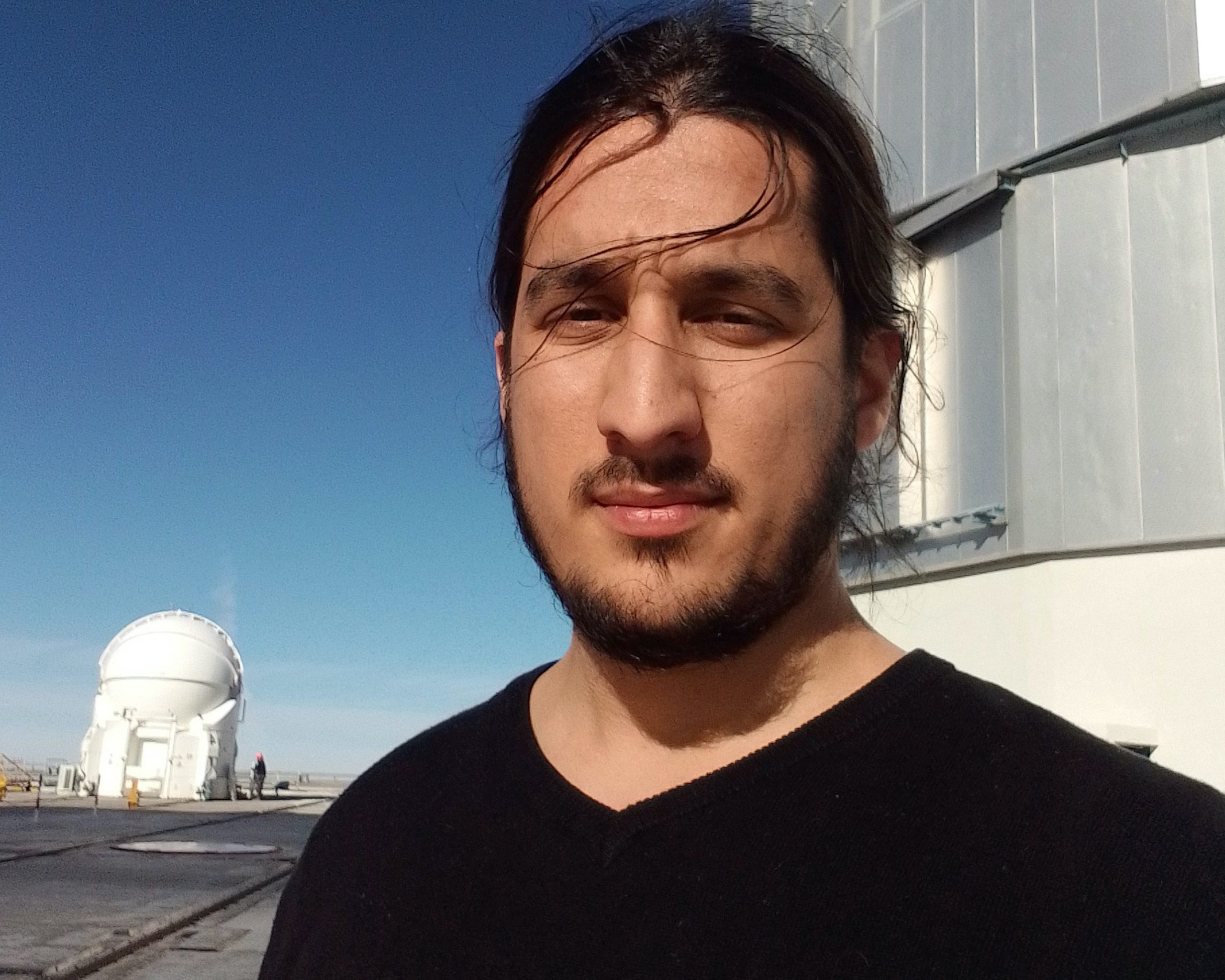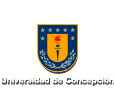[:en][three_fourth last=”no” spacing=”yes” center_content=”no” hide_on_mobile=”no” background_color=”” background_image=”” background_repeat=”no-repeat” background_position=”left top” hover_type=”none” link=”” border_position=”all” border_size=”0px” border_color=”” border_style=”” padding=”” margin_top=”” margin_bottom=”” animation_type=”” animation_direction=”” animation_speed=”0.1″ animation_offset=”” class=”” id=””][fusion_text]I did my undergraduate and graduate studies at Liverpool John Morres University in the UK where I obtained my PhD in 2009. My PhD thesis focussed on analysing the parent stellar populations of supernovae (SNe) within their host galaxies. Observations of the stellar populations at the explosion sites enabled constraints on the progenitor masses of different SN types. After my PhD I obtained my first postdoc position at Universidad de Chile, where I also held a FONDECYT fellowship at U. de Chile. Then, in 2013 I started an ESO fellowship and in 2016 I started as an ESO staff, which is my current position. Working at ESO I am instrument scientist for the FORS2 instrument at the Paranal observatory where I spend 105 nights per year. My current research interests focus on trying to understand the progenitors and explosion mechanisms of the explosions of massive stars, while using those explosions (SNe) to understand other properties of the Universe, such as the evolution of its star formation and chemical enrichment.[/fusion_text][/three_fourth][one_fourth last=”yes” spacing=”yes” center_content=”no” hide_on_mobile=”no” background_color=”” background_image=”” background_repeat=”no-repeat” background_position=”left top” hover_type=”none” link=”” border_position=”all” border_size=”0px” border_color=”” border_style=”” padding=”” margin_top=”” margin_bottom=”” animation_type=”” animation_direction=”” animation_speed=”0.1″ animation_offset=”” class=”” id=””][person name=”Joseph Anderson” title=”” picture=”https://www.astrofisicamas.cl/wp-content/uploads/2019/09/JANDERSON-300×241.jpg” pic_link=”” linktarget=”_self” pic_style=”none” hover_type=”none” background_color=”” content_alignment=”” pic_style_color=”” pic_bordersize=”” pic_bordercolor=”” pic_borderradius=”” icon_position=”” social_icon_boxed=”” social_icon_boxed_radius=”” social_icon_color_type=”” social_icon_colors=”” social_icon_boxed_colors=”” social_icon_tooltip=”” email=”” facebook=”” twitter=”” instagram=”” dribbble=”” google=”” linkedin=”” blogger=”” tumblr=”” reddit=”” yahoo=”” deviantart=”” vimeo=”” youtube=”” pinterest=”” rss=”” digg=”” flickr=”” forrst=”” myspace=”” skype=”” paypal=”” dropbox=”” soundcloud=”” vk=”” xing=”” show_custom=”no” class=”” id=””]e-mail: janderso@eso.org[/person][/one_fourth][:es][three_fourth last=”no” spacing=”yes” center_content=”no” hide_on_mobile=”no” background_color=”” background_image=”” background_repeat=”no-repeat” background_position=”left top” hover_type=”none” link=”” border_position=”all” border_size=”0px” border_color=”” border_style=”” padding=”” margin_top=”” margin_bottom=”” animation_type=”” animation_direction=”” animation_speed=”0.1″ animation_offset=”” class=”” id=””][fusion_text]Realicé mi licenciatura y magister en la Universidad de Liverpool Morres en Inglaterra, en donde también obtuve mi doctorado en el año 2009. Mi tesis de doctorado se centró en el análisis de poblaciones estelares parentales de supernovas dentro de sus galaxias huéspedes y observaciones de las poblaciones estelares en el lugar donde explotan que permiten condicionantes en las masas pertenecientes a las masas de los progenitores en distintos tipos de supernovas. Después de realizar mi doctorado, obtuve mi primer trabajo como postdoctorado en la Universidad de Chile, donde también tuve una beca FONDECYT de esta misma universidad. Luego, en el 2013, comencé un fellowship en la ESO y en el 2016 fui parte del grupo ESO, puesto en el que me mantengo hasta el día de hoy.
En la ESO, soy científico instrumental del FORS2, ubicado en el Observatorio Paranal, en donde me corresponden 105 noches por año. Mis intereses en investigación se centran en intentar descifrar estos progenitores y los mecanismos de explosión de las estrellas masivas, mientras uso esas mismas explosiones (SNe) para poder comprender otras propiedades del Universo, tales como la evolución de la formación estelar y su enriquecimiento químico.[/fusion_text][/three_fourth][one_fourth last=”yes” spacing=”yes” center_content=”no” hide_on_mobile=”no” background_color=”” background_image=”” background_repeat=”no-repeat” background_position=”left top” hover_type=”none” link=”” border_position=”all” border_size=”0px” border_color=”” border_style=”” padding=”” margin_top=”” margin_bottom=”” animation_type=”” animation_direction=”” animation_speed=”0.1″ animation_offset=”” class=”” id=””][person name=”Joseph Anderson” title=”” picture=”https://www.astrofisicamas.cl/wp-content/uploads/2019/09/JANDERSON-300×241.jpg” pic_link=”” linktarget=”_self” pic_style=”none” hover_type=”none” background_color=”” content_alignment=”” pic_style_color=”” pic_bordersize=”” pic_bordercolor=”” pic_borderradius=”” icon_position=”” social_icon_boxed=”” social_icon_boxed_radius=”” social_icon_color_type=”” social_icon_colors=”” social_icon_boxed_colors=”” social_icon_tooltip=”” email=”” facebook=”” twitter=”” instagram=”” dribbble=”” google=”” linkedin=”” blogger=”” tumblr=”” reddit=”” yahoo=”” deviantart=”” vimeo=”” youtube=”” pinterest=”” rss=”” digg=”” flickr=”” forrst=”” myspace=”” skype=”” paypal=”” dropbox=”” soundcloud=”” vk=”” xing=”” show_custom=”no” class=”” id=””]e-mail: janderso@eso.org[/person][/one_fourth][:]











